Picture this: you’re wandering through ancient castle corridors where Harry first learned to fly, or stepping onto the very platform where the Hogwarts Express departed for another magical adventure. The wonderful thing about the Harry Potter films is that so many of these enchanting places actually exist in the real world, scattered across Britain like hidden treasures waiting to be discovered.
From the misty Scottish Highlands that doubled as Hogwarts grounds to the bustling London markets that became Diagon Alley, these locations offer something special for both devoted fans and casual visitors. Many of these places have their own fascinating histories that stretch back centuries, making them captivating destinations regardless of their connection to the wizarding world.
Here is a list of 15 incredible Harry Potter filming locations you can actually visit, each offering its own slice of movie magic and real-world wonder.
Warner Bros. Studio Tour London
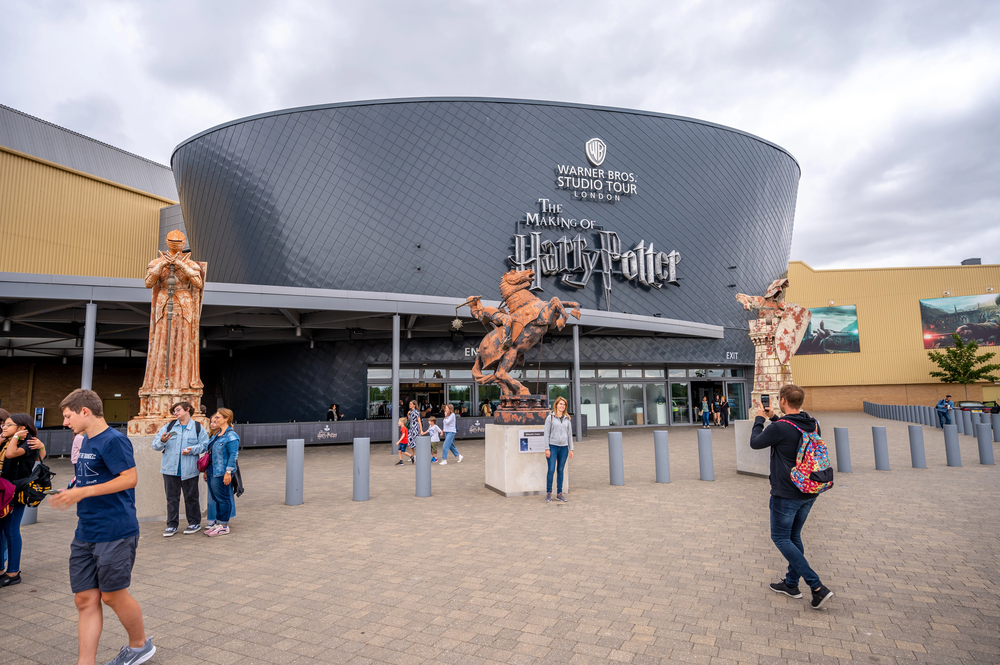
— Photo by jewhyte
The crown jewel of Harry Potter experiences sits just outside London in Leavesden, where the actual magic happened. This isn’t just a tourist attraction—it’s the real deal, featuring the original sets, props, and costumes used throughout all eight films. You can walk through the actual Great Hall, peek into Dumbledore’s office, and even stroll down the cobblestones of Diagon Alley exactly as the actors did. The attention to detail here is absolutely mind-blowing, from every floating candle to the intricate Hogwarts castle model that tells the story of incredible filmmaking craftsmanship.
Alnwick Castle
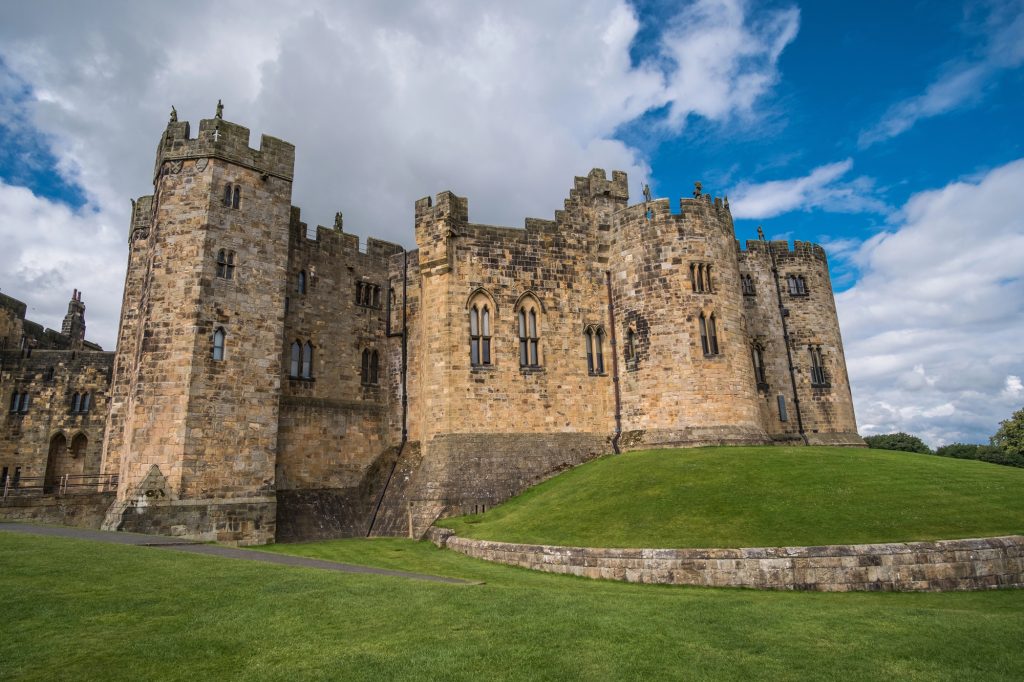
This magnificent medieval fortress in Northumberland became Hogwarts’ exterior for the first two films, and honestly, it’s easy to see why. The moment you step into those ancient courtyards, you can practically hear Madam Hooch shouting flying instructions across the grounds. This is where Harry had his first broomstick lesson, where he caught his first Golden Snitch, and where so many iconic Hogwarts scenes came to life. What makes Alnwick extra special is that they’ve fully embraced their Potter connection, offering actual broomstick training sessions during certain seasons where you can learn Quidditch basics.
King’s Cross Station Platform 9¾
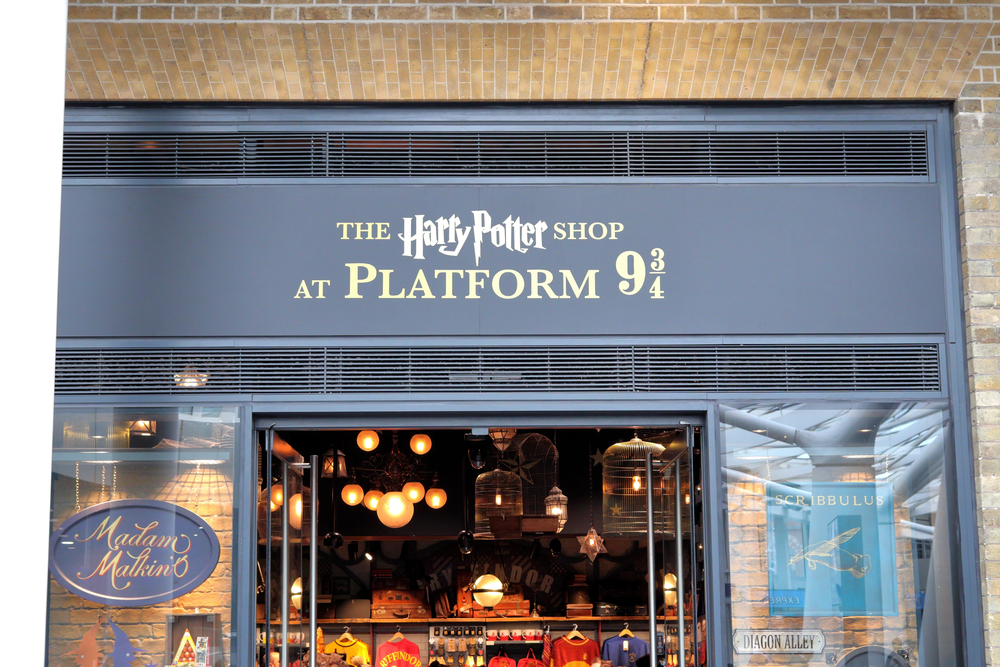
— Photo by DevisM
Every Potter fan knows this one—the magical platform where students catch the Hogwarts Express each September 1st. The real Platform 9¾ setup at King’s Cross Station has become something of a pilgrimage site, complete with a trolley that appears to be disappearing into the wall and a dedicated gift shop nearby. Sure, you might wait 30 minutes for a photo, but there’s something undeniably thrilling about recreating that iconic moment. The station itself is a beautiful piece of Victorian architecture, and fun fact: the exterior shots in the films were actually the neighboring St. Pancras Station.
Glenfinnan Viaduct
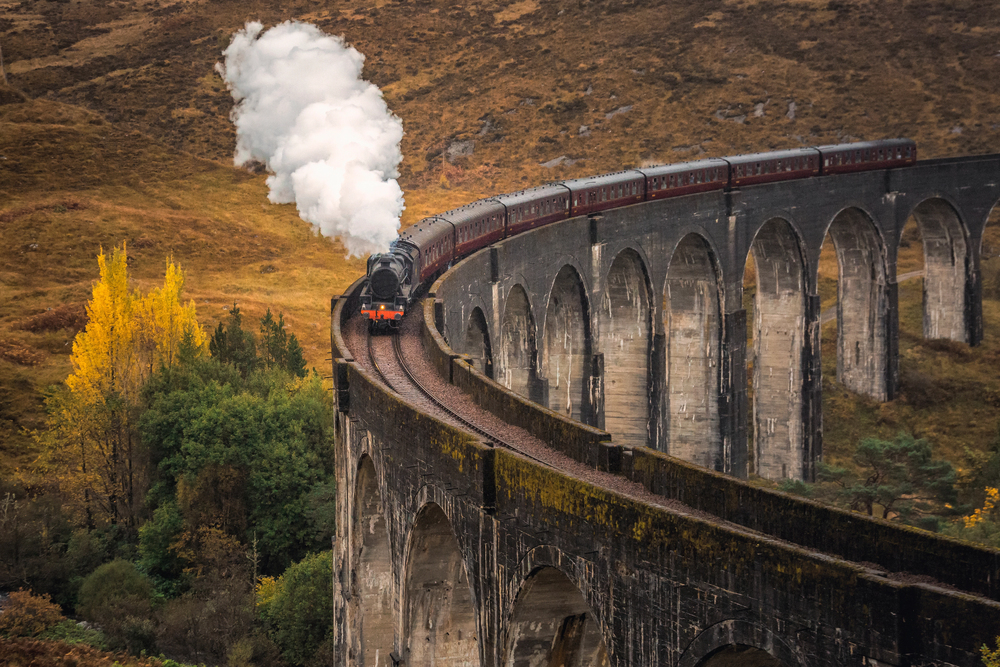
This is probably the most photographed railway bridge in Scotland, and for good reason. The 21-arched stone viaduct carries the West Highland Railway across a valley of breathtaking Highland scenery, and it’s where the Hogwarts Express was filmed chugging along to school. You’ve definitely seen this bridge—it’s in the flying Ford Anglia scene from Chamber of Secrets and the Dementor attack in Prisoner of Azkaban. The best part is that you can actually ride the train across this viaduct today on the Jacobite Steam Train, which runs seasonally from Fort William to Mallaig and offers the exact same stunning views.
Leadenhall Market
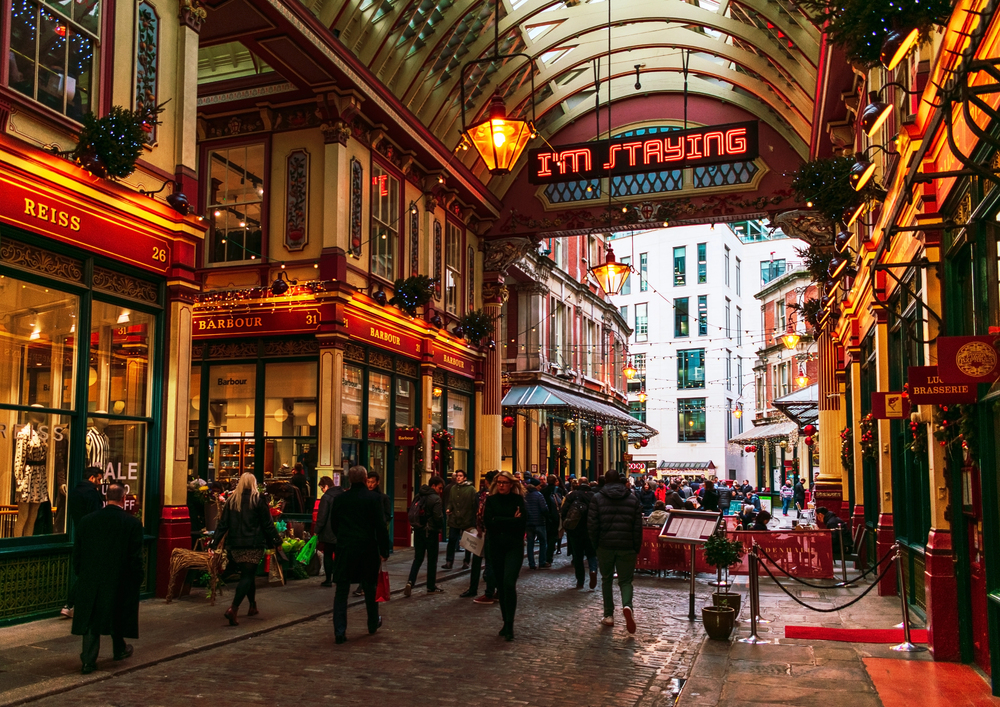
— Photo by albertolpzphoto
Step into this gorgeous Victorian market in London’s financial district, and you’ll recognize it as the exterior entrance to the Leaky Cauldron from the first film. The elegant glass roof, ornate decorations, and narrow passages create that perfect magical atmosphere, with the blue door at 42 Bull’s Head Passage serving as the pub’s entrance. Though the actual Diagon Alley scenes were filmed on sets at Leavesden Studios, this market perfectly captured that sense of stepping from the ordinary world into something extraordinary. This market has been trading since the 14th century, so it has authentic old-world charm that no movie set could replicate, and today it houses upscale shops, cozy pubs, and excellent restaurants.
Oxford University
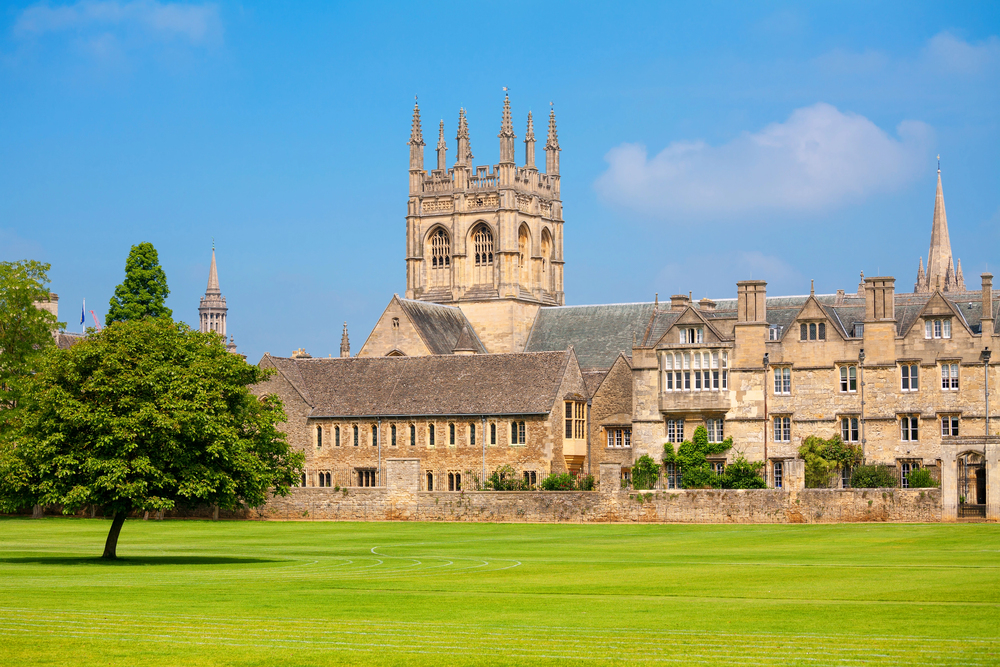
Several of Oxford’s most stunning buildings became various parts of Hogwarts, and honestly, the university looks so much like a wizard school that it’s almost suspicious. Christ Church College’s grand staircase is where Harry and the other first-years met Professor McGonagall, while the Tudor hall inspired the design of the Great Hall that was later built at Leavesden Studios. The New College cloisters are where Malfoy sat in that tree before Mad-Eye Moody turned him into a ferret, and the Bodleian Library’s Duke Humfrey’s Library became Hogwarts Library. Walking through these ancient corridors feels like stepping back in time, which makes sense considering Oxford is considered the oldest university in the English-speaking world.
Gloucester Cathedral
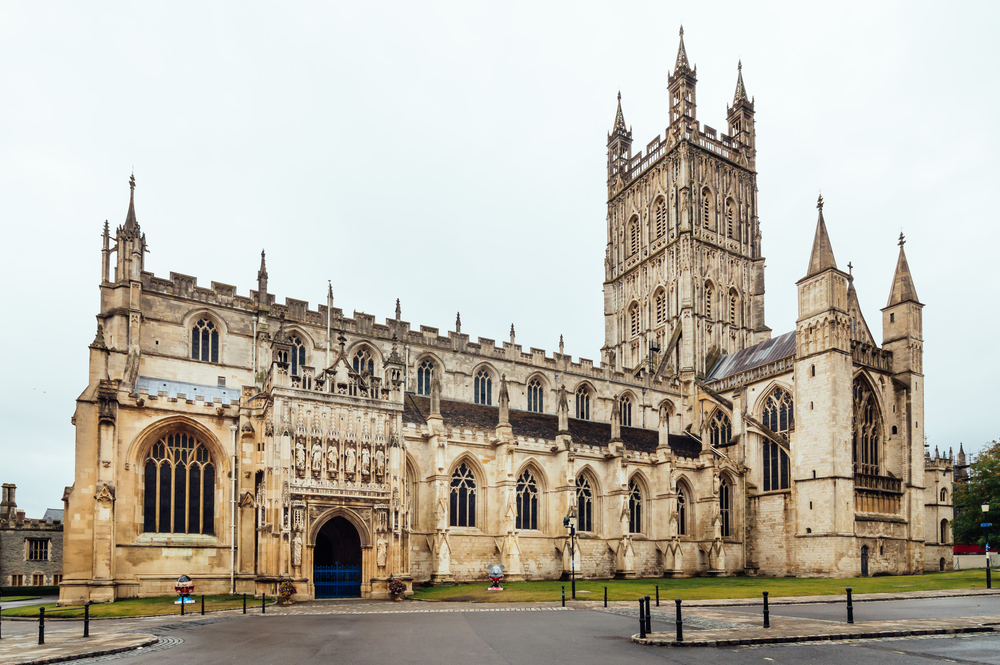
The fan-vaulted cloisters of this stunning medieval cathedral provided some of Hogwarts’ most atmospheric interior shots. These covered walkways appear in the first three films as various Hogwarts corridors, including the path to Gryffindor’s common room and the area where students discovered the threatening message about the Chamber of Secrets being opened. Dating back to 678 AD, Gloucester Cathedral carries more than 1,300 years of real history in its stones. The architecture is absolutely breathtaking—those intricate ceiling vaults look like stone lacework, and even if you’re not particularly religious, the peaceful atmosphere and incredible craftsmanship make this a memorable stop.
Durham Cathedral
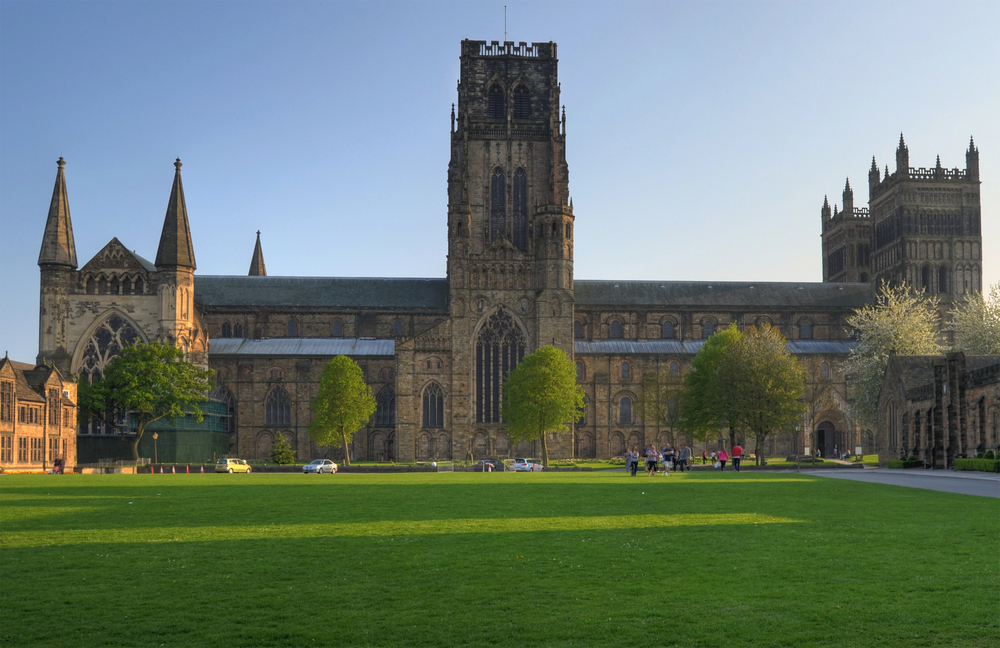
This UNESCO World Heritage Site doubled as several Hogwarts locations, most notably the exterior shots of the school in the early films. The cathedral’s towers and imposing architecture helped establish that grand, ancient feel of the wizarding school, while interior scenes were filmed here too, including some classroom moments and corridor shots. Built starting in 1093, Durham Cathedral is considered one of the finest examples of Norman architecture in Europe. Climbing to the top of the central tower offers spectacular views across the city and surrounding countryside, and the building has an almost fortress-like quality that perfectly captures Hogwarts’ sense of being both welcoming and mysteriously powerful.
Lacock Abbey
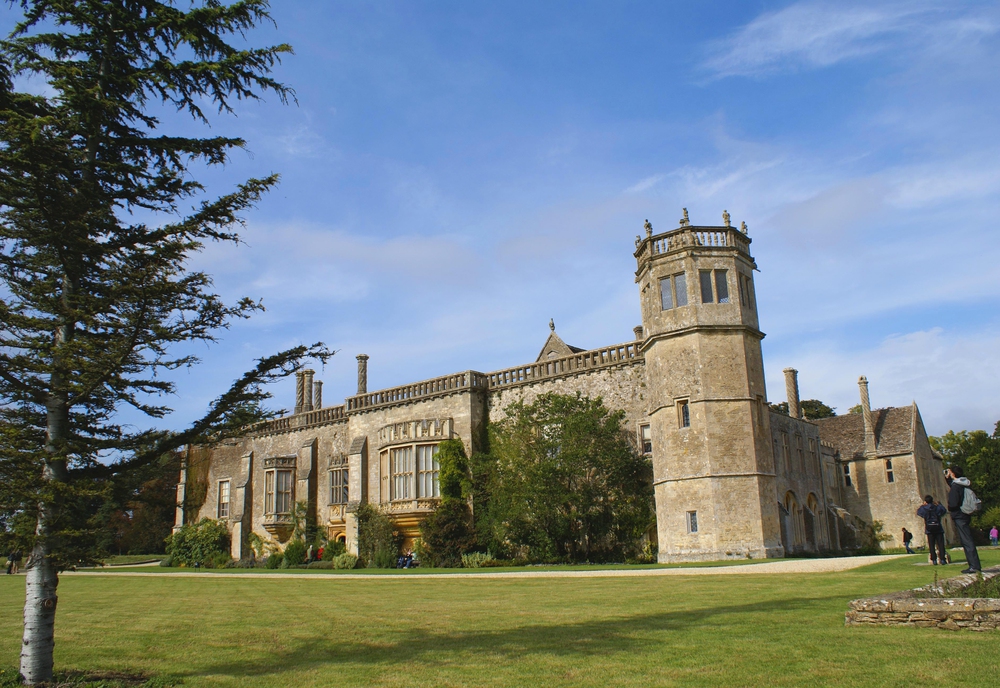
This quirky abbey in Wiltshire provided several crucial Hogwarts interior locations. Professor Snape’s Potions classroom was filmed in the Sacristy, while other abbey rooms became Professor Quirrell’s Defense Against the Dark Arts classroom and the room where Harry discovered the Mirror of Erised. The medieval stone corridors also appear as various Hogwarts hallways throughout the series. Founded in the early 13th century, Lacock Abbey is now a fascinating mix of architectural styles managed by the National Trust, and the village of Lacock itself is incredibly well-preserved, looking much the same as it did centuries ago.
Freshwater West Beach
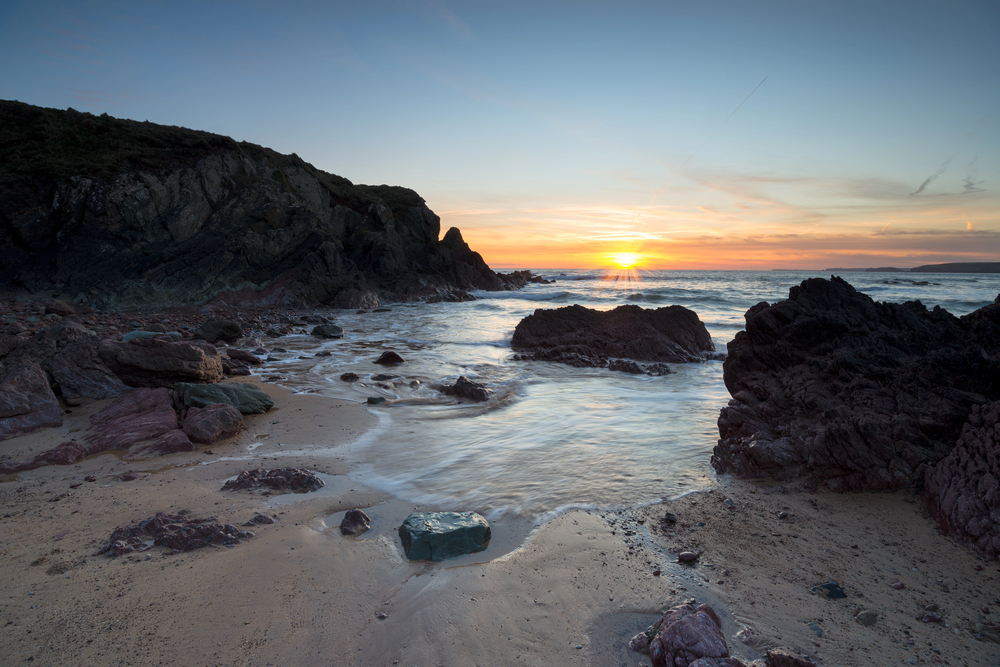
This dramatic stretch of Pembrokeshire coastline in Wales served as the location for Shell Cottage in the Deathly Hallows films. More memorably (and sadly), this is where Dobby the house-elf was buried after his heroic sacrifice. The cottage built for filming has been removed, but fans have created a touching memorial pile of stones near where Dobby’s grave appeared in the film. Beyond its Potter connections, Freshwater West is genuinely spectacular—the wide sandy beach backed by dunes offers some of Wales’ best surfing, and the wild, windswept landscape has a rugged beauty that’s part of the protected Pembrokeshire Coast National Park.
London Zoo Reptile House
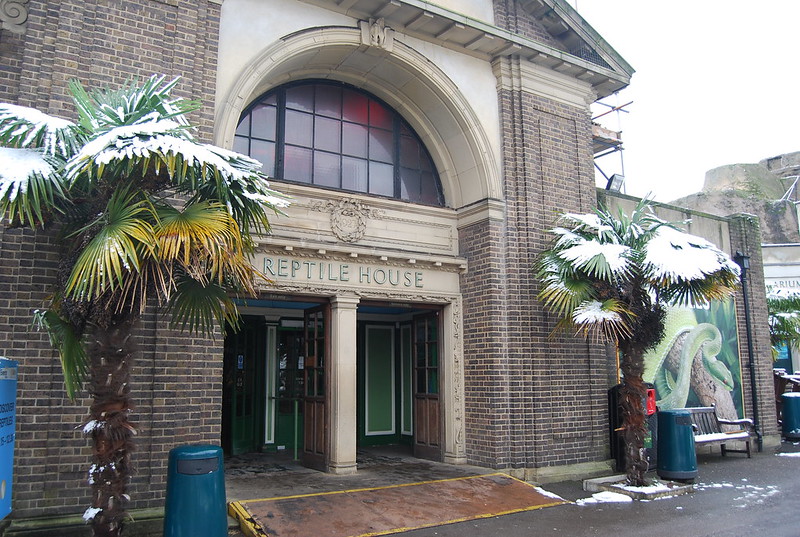
This is where it all began—where young Harry Potter first discovered he could talk to snakes, specifically to a Burmese python that had apparently never seen Brazil. The Reptile House at London Zoo might seem like a small location compared to grand castles and cathedrals, but it holds special significance as the place where Harry’s magical abilities first manifested on screen. London Zoo is the world’s oldest scientific zoo, opened in 1828, so it has plenty of historic charm beyond its Potter connections. The Reptile House itself is a beautiful Victorian building with elegant architecture that today houses an amazing collection of reptiles and amphibians from around the world.
Glencoe
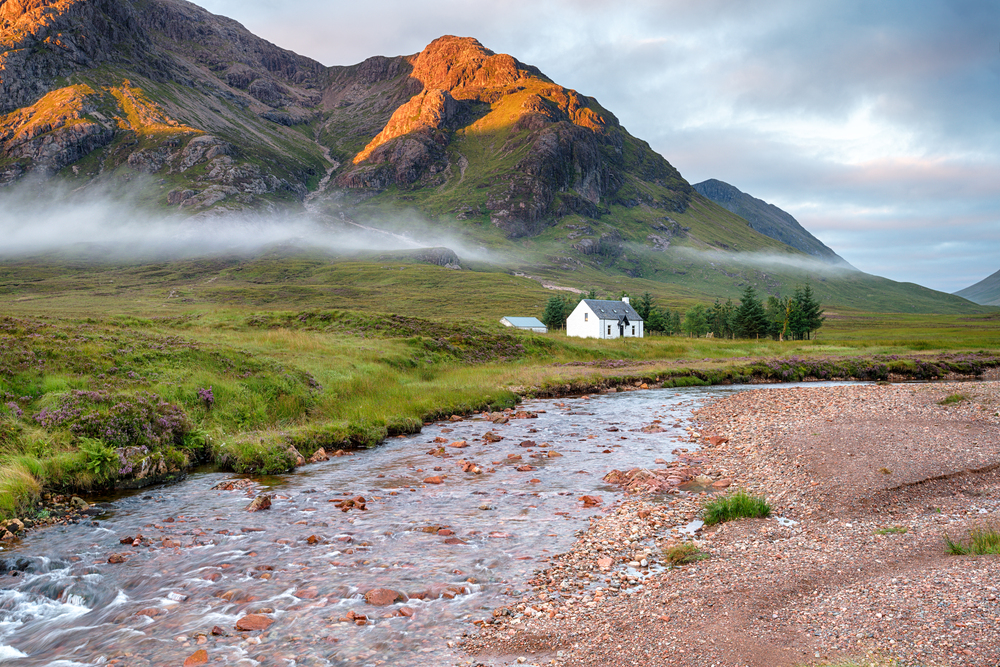
The wild, dramatic landscapes of Glencoe in the Scottish Highlands appear throughout the Potter films as the area surrounding Hogwarts. This is where they set Hagrid’s hut (in the nearby Clachaig Gully), and where Hermione punched Malfoy in Prisoner of Azkaban. The soaring mountains, deep valleys, and moody skies perfectly captured the mysterious atmosphere of the wizarding world. Glencoe is steeped in real Scottish history, particularly the tragic massacre of 1692, but it’s also simply one of the most beautiful places in Britain—the landscape changes constantly with the weather, one moment sunny and welcoming, the next shrouded in mist and looking wonderfully mysterious.
Millennium Bridge
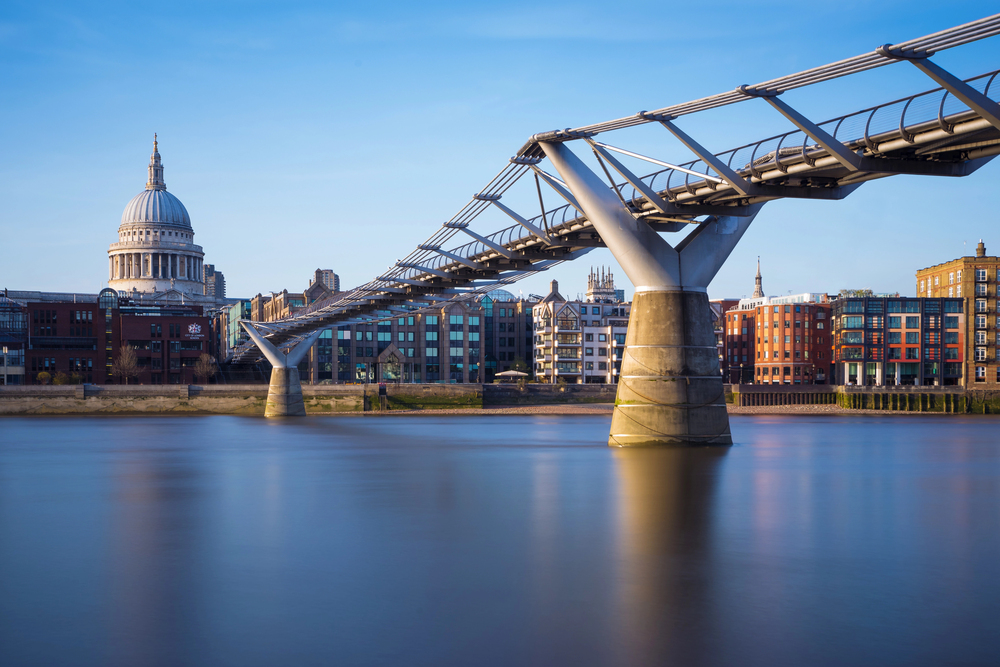
This sleek pedestrian bridge across the Thames got a rather explosive introduction to the Potter universe when Death Eaters destroyed it in the opening scene of Half-Blood Prince. The real bridge opened in 2000 and connects St. Paul’s Cathedral in the City of London to the South Bank, offering great views of St. Paul’s Cathedral and the Thames. The bridge is officially called the London Millennium Footbridge, and it had a wobbly start to life—it actually had to close shortly after opening because it swayed too much when crowded with pedestrians. Engineers fixed the problem, and now it’s a perfectly stable and popular river crossing with fantastic views, especially at sunset when the city lights start twinkling.
Piccadilly Circus
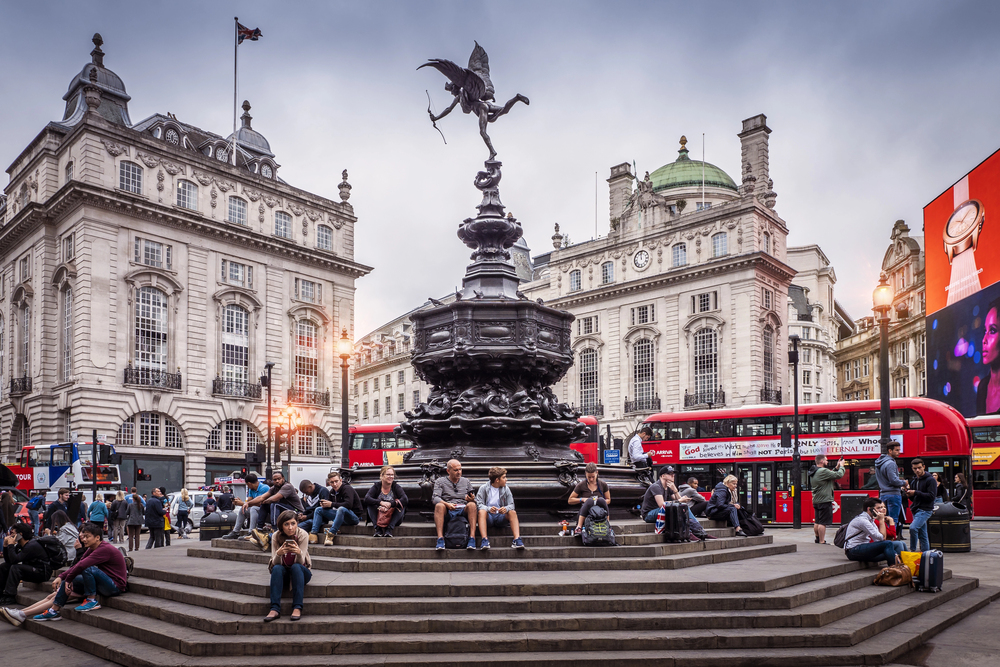
— Photo by mbastos
One of London’s most famous landmarks appears briefly but memorably in Deathly Hallows Part 1, when Harry, Ron, and Hermione apparate here after their narrow escape from the Ministry of Magic. They filmed this scene at night to capture the eerie atmosphere of a seemingly empty London during wartime, quite different from the usual bustling crowds. In reality, Piccadilly Circus is rarely quiet—it’s one of London’s busiest areas, surrounded by giant advertising screens, theaters, shops, and restaurants. The famous statue of Eros (technically Anteros) at the center has been a London icon since 1893, making it a great spot for people-watching and soaking up the energy of central London.
Loch Shiel
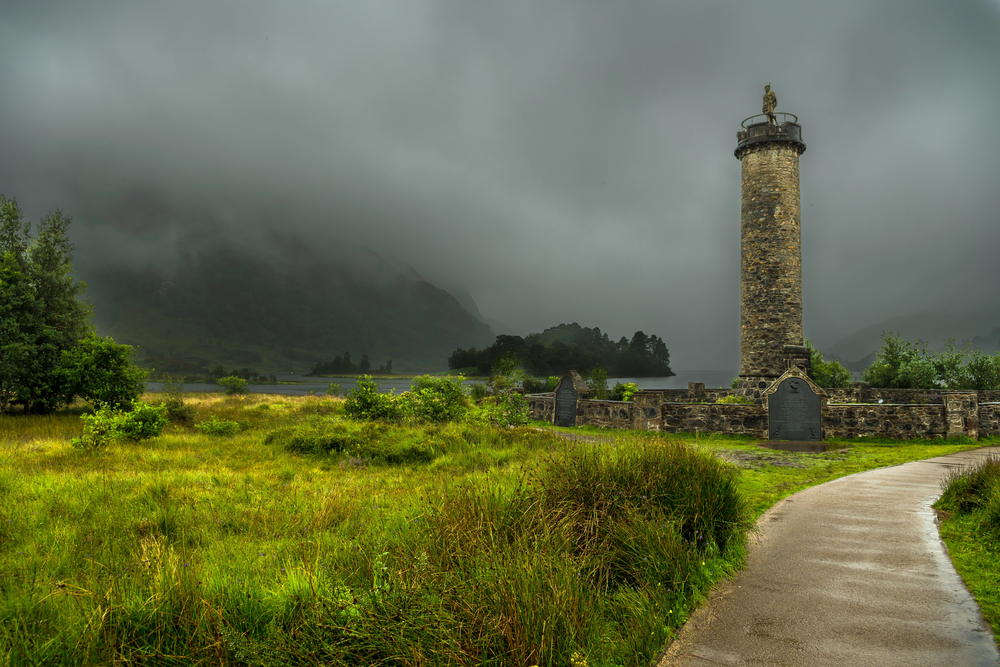
This pristine Scottish loch served as the Great Lake seen in several Potter films, providing those gorgeous shots of water stretching toward Hogwarts in the distance. Located near the Glenfinnan Viaduct, it’s part of the same stunning Highland landscape that helped create the magical atmosphere of the wizarding world. As Scotland’s fourth-longest loch, Loch Shiel offers plenty of opportunities for hiking, fishing, and simply enjoying some of the country’s most beautiful scenery. The water is incredibly clear, reflecting the surrounding mountains like a mirror on calm days—it’s the kind of place that feels untouched by the modern world, exactly the sort of setting where you might expect to find a school of witchcraft and wizardry.
The Magic Lives On
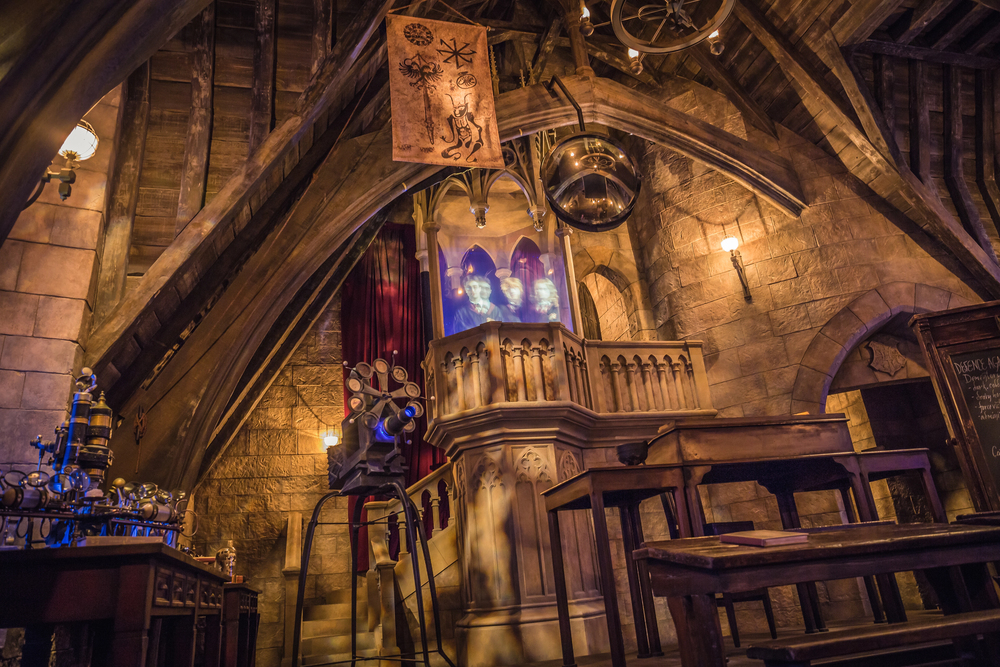
— Photo by FotoGraphik
These filming locations represent something pretty remarkable—places where fantasy and reality blend so seamlessly that visiting them feels like stepping between two worlds. What started as practical film locations has become destinations in their own right, drawing millions of visitors who want to experience a little bit of magic in the real world.
The enduring popularity of these sites shows how deeply the Potter films resonated with audiences around the globe. But here’s the thing that makes these places truly special: they were already extraordinary before any cameras rolled. The filmmakers didn’t create magic—they simply recognized it in Britain’s ancient castles, grand universities, wild landscapes, and historic corners. That magic was always there, waiting to be discovered by anyone curious enough to look.
More from Travel Pug

- 20 Best Beach Towns in the Carolinas
- 13 Destinations Where Tourists Regularly Regret Their Trip
- 20 Things You Actually Get in First Class
- 20 Small Airports With Aviation Museums
- 20 Places in the U.S. That Are Perfect for a Reset Trip
Like Travel Pug’s content? Follow us on MSN.
